For prospective buyers and investors looking to delve into the flour milling industry, understanding the unique characteristics, processes, and equipment specifications for maize and wheat flour production is essential. This comprehensive guide aims to shed light on these differences, providing valuable insights to facilitate informed decision-making.
- Raw Material: The primary raw material for maize flour production is, of course, maize or corn. Maize is known for its distinct yellow color and robust flavor, contributing to the characteristic taste and texture of maize flour.
- Processing Challenges: Maize processing involves dealing with a tougher kernel compared to wheat. The hardness of maize kernels requires specialized milling equipment designed to handle the unique properties of corn.
- Raw Material: Wheat, with its softer and lighter-colored kernels, is the predominant raw material for wheat flour production. Wheat flour is renowned for its versatility and is a staple ingredient in various culinary applications.
- Processing Challenges: Wheat milling requires a different set of considerations. Wheat grains have a softer endosperm, and the milling process must carefully preserve the bran and germ to achieve different flour grades.
- Milling Technology: Maize milling involves a series of steps, starting with cleaning and conditioning the maize kernels. The process includes degermination, where the outer layers of the kernel are removed, and then milling to achieve the desired particle size.
- End Product: Maize flour can vary in coarseness, and the milling process can yield different products, including maize meal, grits, or flour.
- Milling Technology: Wheat milling encompasses cleaning, conditioning, and milling the wheat grains. The process includes breaking the wheat into different components: endosperm, bran, and germ. The subsequent blending of these components results in various flour types such as all-purpose, bread, or cake flour.
- End Product: Wheat flour milling is versatile, producing flours with different gluten levels and textures suitable for diverse culinary applications.
- Maize Dehuller and Degerminator: Specialized equipment is required for dehulling and degermination, removing the outer layers of the maize kernel.
- Maize Milling Machine: Tailored milling machines equipped with rollers and sifters are crucial for achieving the desired particle size and texture in maize flour.
- Wheat Cleaning Equipment: Specific machines are employed for wheat cleaning to remove impurities, ensuring a high-quality end product.
- Roller Mills: Wheat milling utilizes roller mills for breaking the wheat into its components, with adjustments in roller settings determining the type of flour produced.
- Flour Purifiers and Sifters: These are used to separate the endosperm from bran and germ, achieving the desired flour texture.
- Texture and Color: Maize flour typically has a coarser texture and a distinctive yellow color.
- Flavor Profile: Maize flour imparts a robust and slightly sweet flavor to baked goods.
- Usage: Maize flour is commonly used in traditional dishes, tortillas, and cornbreads.
- Texture and Color: Wheat flour can vary from fine to coarse, and it has a lighter color compared to maize flour.
- Flavor Profile: Wheat flour has a milder flavor, making it suitable for a wide range of culinary applications.
- Usage: Wheat flour is versatile and is a staple in baking, pasta making, and numerous other food products.
- Regional Preferences: The demand for maize flour is often influenced by regional dietary preferences and culinary traditions.
- Specialized Products: Some markets may seek specialized maize products such as cornmeal or grits.
- Global Demand: Wheat flour, being a staple in many global cuisines, experiences consistent demand worldwide.
- Diverse Applications: The versatility of wheat flour makes it a key ingredient in various food products, contributing to its widespread use.
- Contamination Considerations: Maize milling processes must adhere to stringent safety standards to prevent contamination, particularly from mycotoxins that can affect maize crops.
- Quality Control: Wheat milling facilities must implement quality control measures to ensure the consistency and safety of the end product, meeting regulatory standards.
In conclusion, the production of maize and wheat flour involves distinct processes, equipment, and considerations. Manufacturers aspiring to invest in flour milling equipment should carefully assess their target market, production goals, and the characteristics of the raw materials. Understanding the differences between maize and wheat flour mill equipment is crucial for making informed decisions that align with specific business objectives. By recognizing the unique features of each production line, manufacturers can optimize their operations and contribute to the production of high-quality flour products that meet the diverse needs of consumers globally.
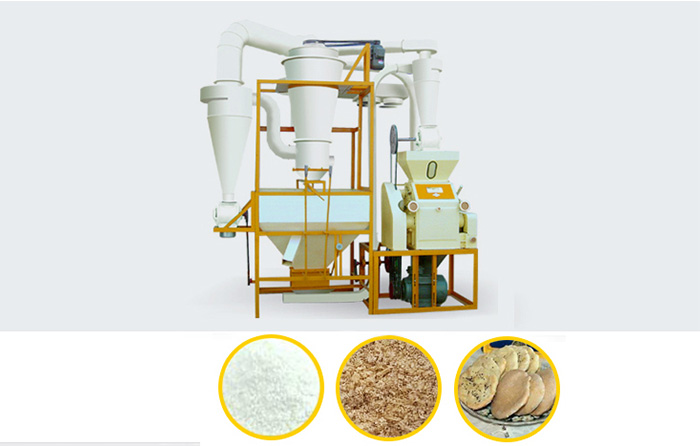 Family Workshop Wheat Flour Milling Plant
Family Workshop Wheat Flour Milling Plant
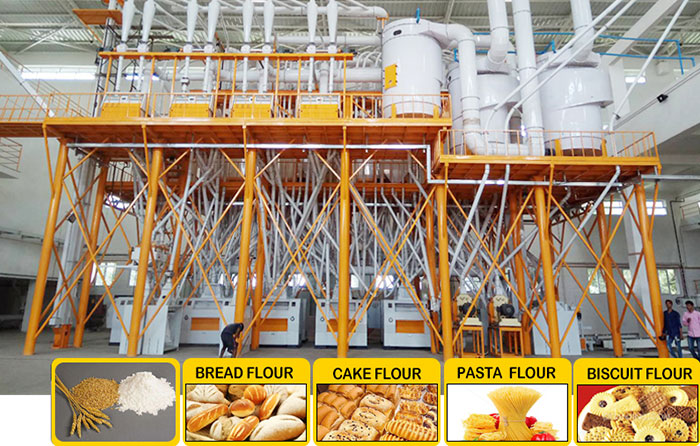 Steel Structure Wheat Flour Milling Plant
Steel Structure Wheat Flour Milling Plant
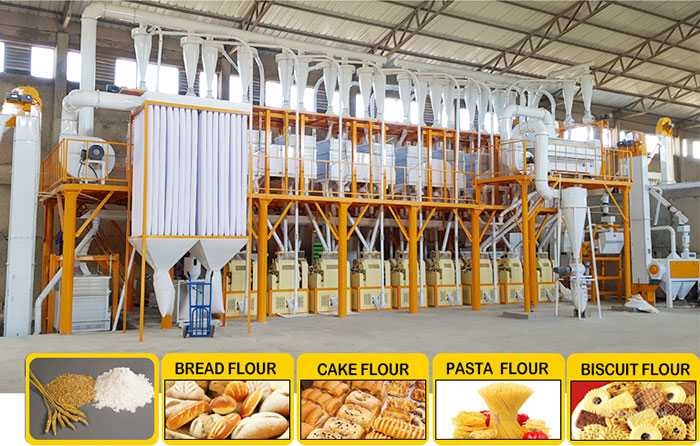 Compact Structure Wheat Flour Milling Plant
Compact Structure Wheat Flour Milling Plant
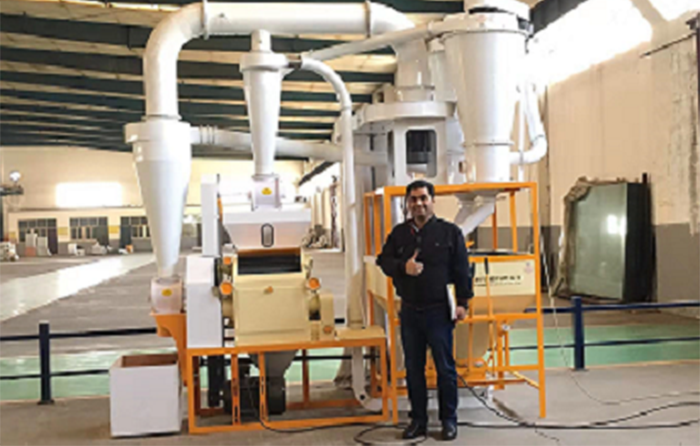 Fully Automatic Atta Chakki Plant
Fully Automatic Atta Chakki Plant
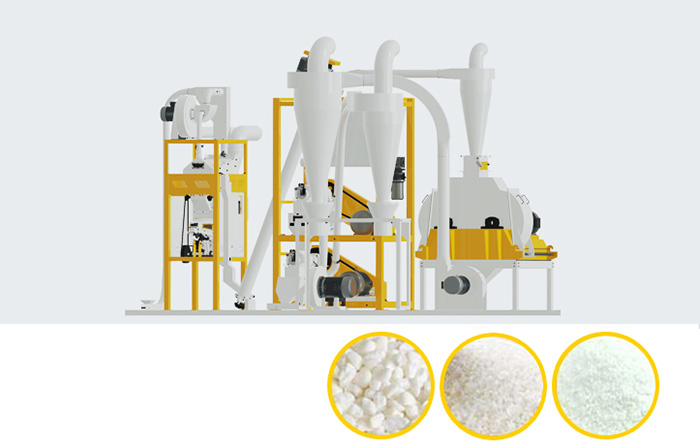 Maize Flour Milling Plant Special for Uganda Market
Maize Flour Milling Plant Special for Uganda Market
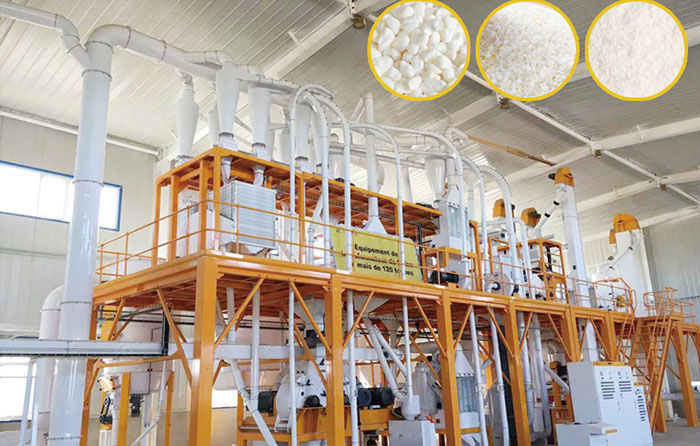 Maize Flour Milling Machine with Hammer Crusher
Maize Flour Milling Machine with Hammer Crusher
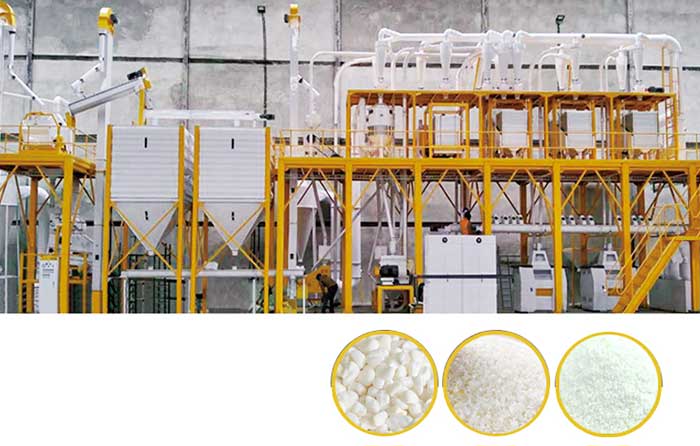 Complete Set of Maize Flour Milling Plant(Machine)
Complete Set of Maize Flour Milling Plant(Machine)
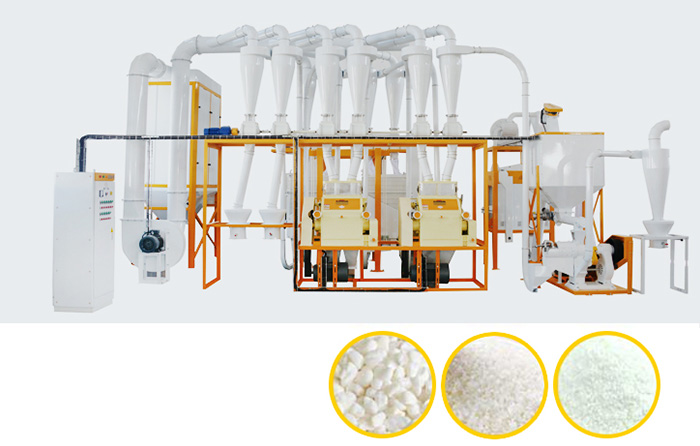 Maize Flour Milling Machine Special for Kenya, Zambia Market
Maize Flour Milling Machine Special for Kenya, Zambia Market
Copyright © Hebei Pingle Flour Machinery Group Co., Ltd. All Rights Reserved | Sitemap | Technical Support: 